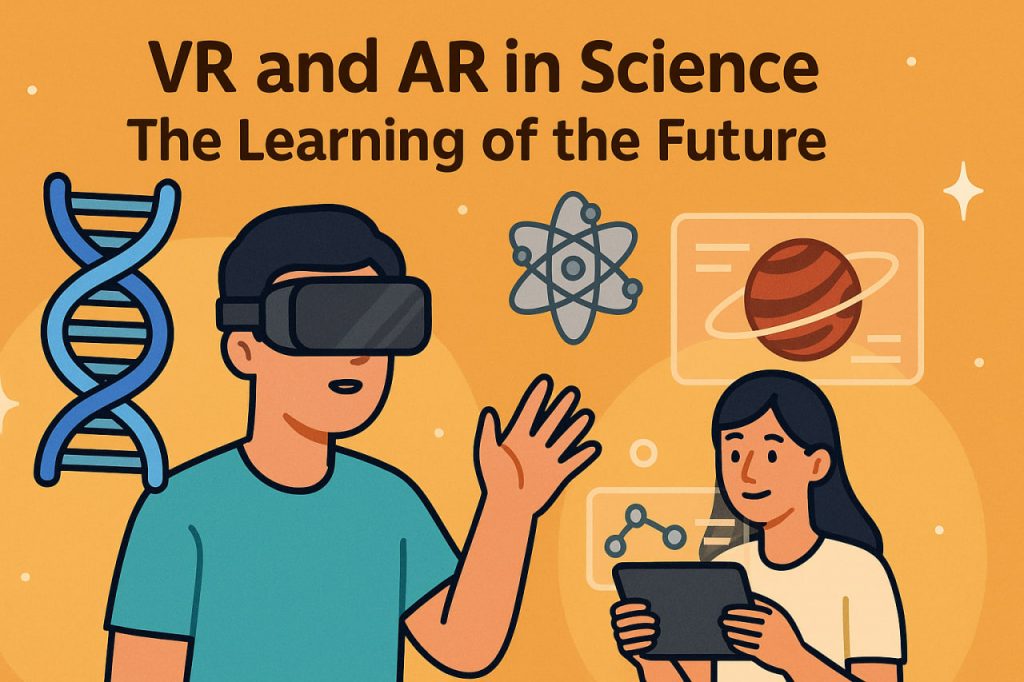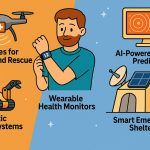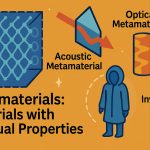Virtual Reality (VR) and Augmented Reality (AR) are transforming the way science is taught, researched, and applied. These immersive technologies allow students, scientists, and professionals to interact with complex concepts in ways that were previously impossible. By blending digital simulations with real-world contexts, VR and AR open new dimensions for education, experimentation, and collaboration.
Understanding VR and AR
- VR fully immerses the user in a computer-generated environment, often using headsets and motion controllers.
- AR overlays digital elements onto the real world, typically through smartphones, tablets, or AR glasses.
Both can provide interactive and realistic experiences that make abstract scientific concepts more tangible.
VR in Science Education
In VR-based learning, students can travel inside a human cell, walk on Mars, or explore the structure of DNA in 3D. Complex processes, such as chemical reactions or astrophysical events, can be visualized in detail, improving comprehension and retention. VR labs also allow learners to perform experiments without the risks and costs of physical setups.
AR in Learning and Research
AR is increasingly used in laboratories and fieldwork. For example, AR glasses can display molecular structures directly over physical samples or show step-by-step experimental instructions. In environmental science, AR apps help visualize climate data layered over real landscapes, making scientific data more intuitive to understand.
Benefits for Scientific Collaboration
These technologies enable remote collaboration between researchers in different countries. VR meeting spaces allow scientists to interact with the same 3D models in real time, while AR can guide field researchers through complex tasks using visual cues overlaid on their surroundings.
Challenges and Future Prospects
High equipment costs, software development, and the need for specialized training remain challenges. However, as devices become more affordable and accessible, VR and AR are expected to become standard tools in classrooms, laboratories, and research centers worldwide. In the future, these technologies may integrate with AI to create adaptive, personalized learning experiences.
Glossary
- Virtual Reality (VR) – Technology that immerses users in a simulated 3D environment.
- Augmented Reality (AR) – Technology that overlays digital information onto the real world.
- Immersive learning – An educational approach that engages learners through interactive, simulated experiences.
- 3D model – A digital representation of an object or system in three dimensions.
- Personalized learning – Tailoring educational experiences to the needs of individual learners.


